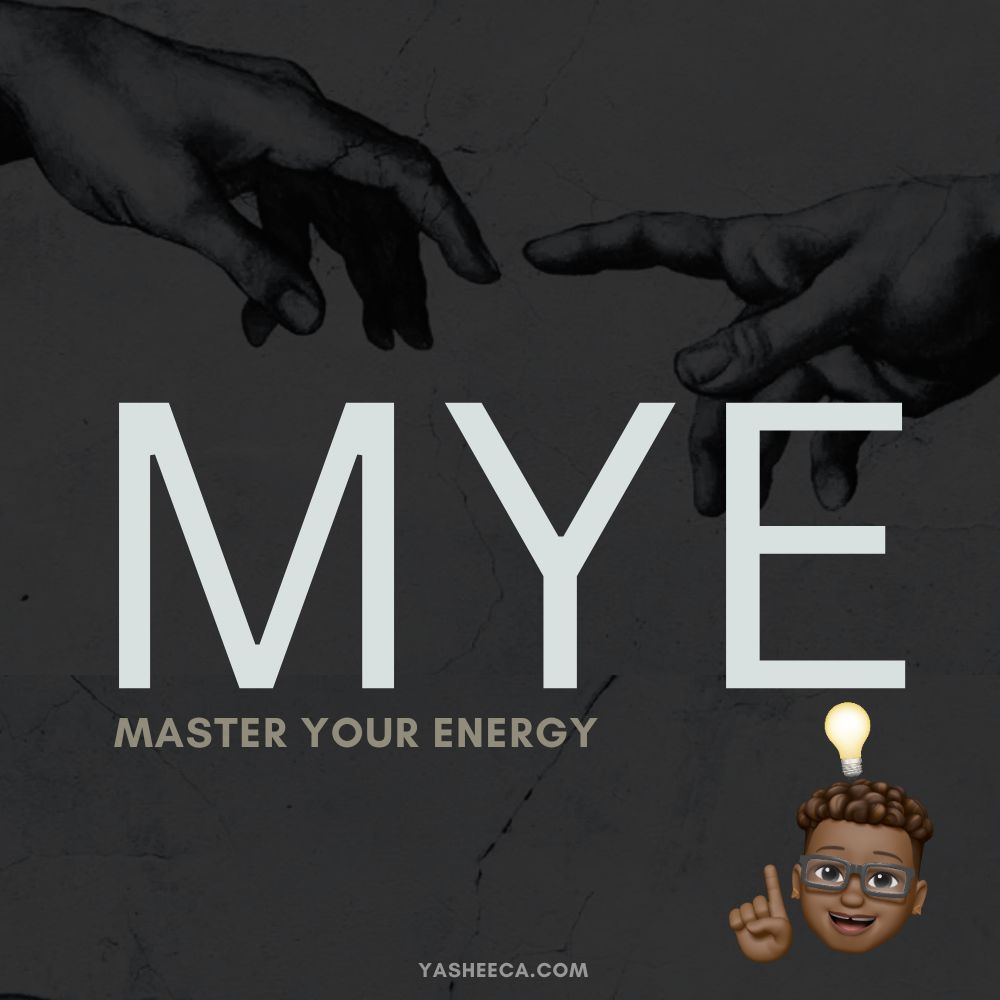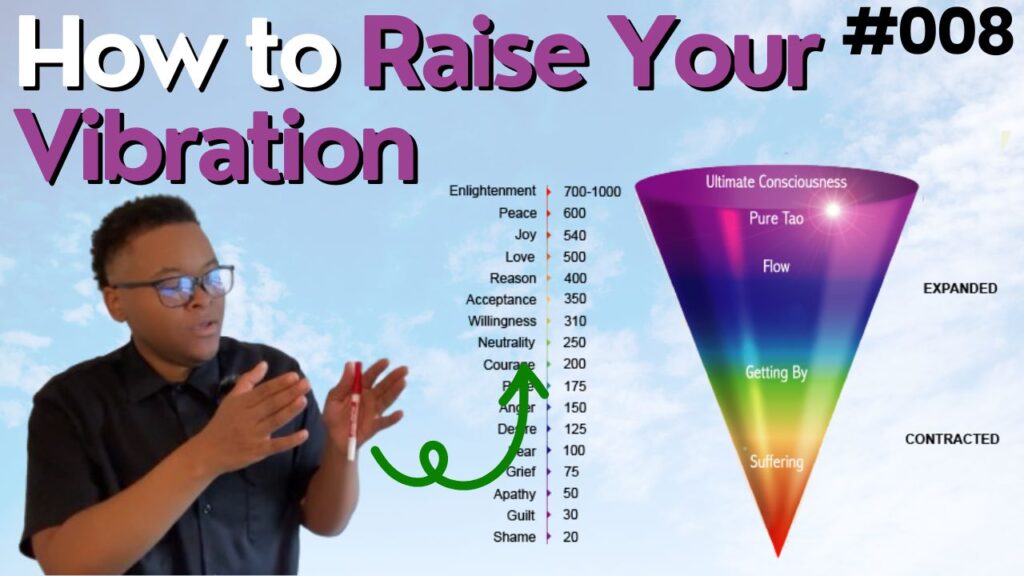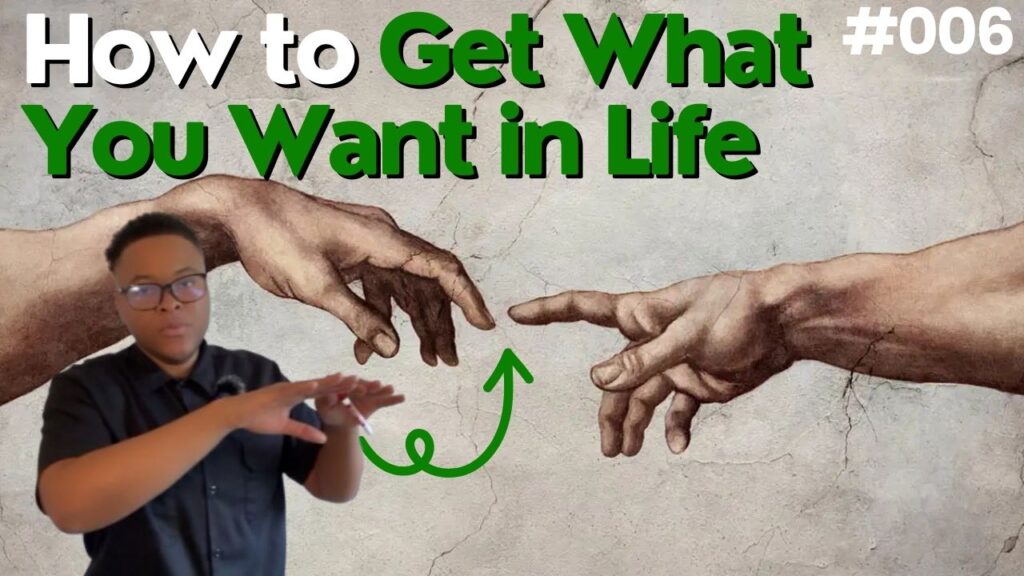Control vs Self-Empowerment
The difference between control and self-empowerment lies in their source and effect on personal growth and external circumstances.
Control:
- Comes from a need to force outcomes or dictate external circumstances.
- Often rooted in fear, insecurity, or a lack of trust in oneself or the world.
- Focuses on managing people, situations, or the future to avoid discomfort.
- Can lead to stress, frustration, and resistance because external factors are often beyond one’s control.
Self-Empowerment:
- Comes from inner strength, confidence, and self-mastery.
- Rooted in trust, awareness, and the ability to adapt.
- Focuses on personal growth, mindset, and energy, allowing external situations to unfold naturally.
- Leads to freedom, fulfillment, and resilience, as one becomes less affected by external circumstances.
In essence, control is about trying to change the outside world, while self-empowerment is about changing your inner world so that you naturally attract and create better outcomes.
Inner Intention
Inner and outer intention are concepts from Reality Transurfing by Vadim Zeland, a metaphysical framework for manifesting your desires and shaping your reality. These ideas help explain how we interact with the world and influence outcomes in our lives. Let’s break them down:
Inner intention is your personal will and desire to achieve something. It’s all about focusing on your efforts, determination, and persistence to make things happen. Inner intention feels like pushing or forcing the world to align with your goals.
- Key Characteristics:
- Driven by ego and personal ambition.
- Relies on direct action, hard work, and control.
- Often involves struggle and resistance.
Example:
You want a promotion at work, so you work overtime, take on extra tasks, and constantly try to prove yourself to your boss. Here, you’re solely relying on your own efforts to achieve the goal.
Outer Intention
Outer intention, on the other hand, is about aligning yourself with the flow of the universe. Instead of forcing outcomes, you trust that the world will rearrange itself to meet your desires when you resonate with them internally. Outer intention taps into a deeper, intuitive force beyond your individual will.
- Key Characteristics:
- Involves detachment and trust in the process.
- Focuses on being in harmony with external reality.
- Attracts outcomes effortlessly when you align your thoughts and emotions.
Example:
You want a promotion, but instead of obsessively working for it, you visualize yourself already in that role. You trust that the right opportunities will naturally come your way and stay open to them.
Inner vs. Outer Intention: The Key Difference
The main difference lies in control and effort:
- Inner Intention: You push to control reality.
- Outer Intention: You align with reality and let it work in your favor.
Inner intention often feels exhausting because it’s based on force, while outer intention feels empowering because it’s based on flow and trust.
How to Use Inner and Outer Intention Together
The balance between inner and outer intention is crucial for success:
- Set a clear goal with inner intention. Decide what you want and take initial steps toward it.
- Let go of excessive control and trust outer intention to bring the right circumstances and opportunities to you.
- Stay in alignment: Use visualization, positive emotions, and action to stay connected to your goal while remaining flexible.
Final Thought
By combining inner and outer intention, you move from pushing against life to flowing with it. This balance allows you to achieve your goals with less resistance and more synchronicity.
Who is MYE for?
- Individuals ready for a deep, personal transformation
- Aspiring high achievers looking to break past limitations
- Those who feel stuck and want clarity, direction, and momentum



